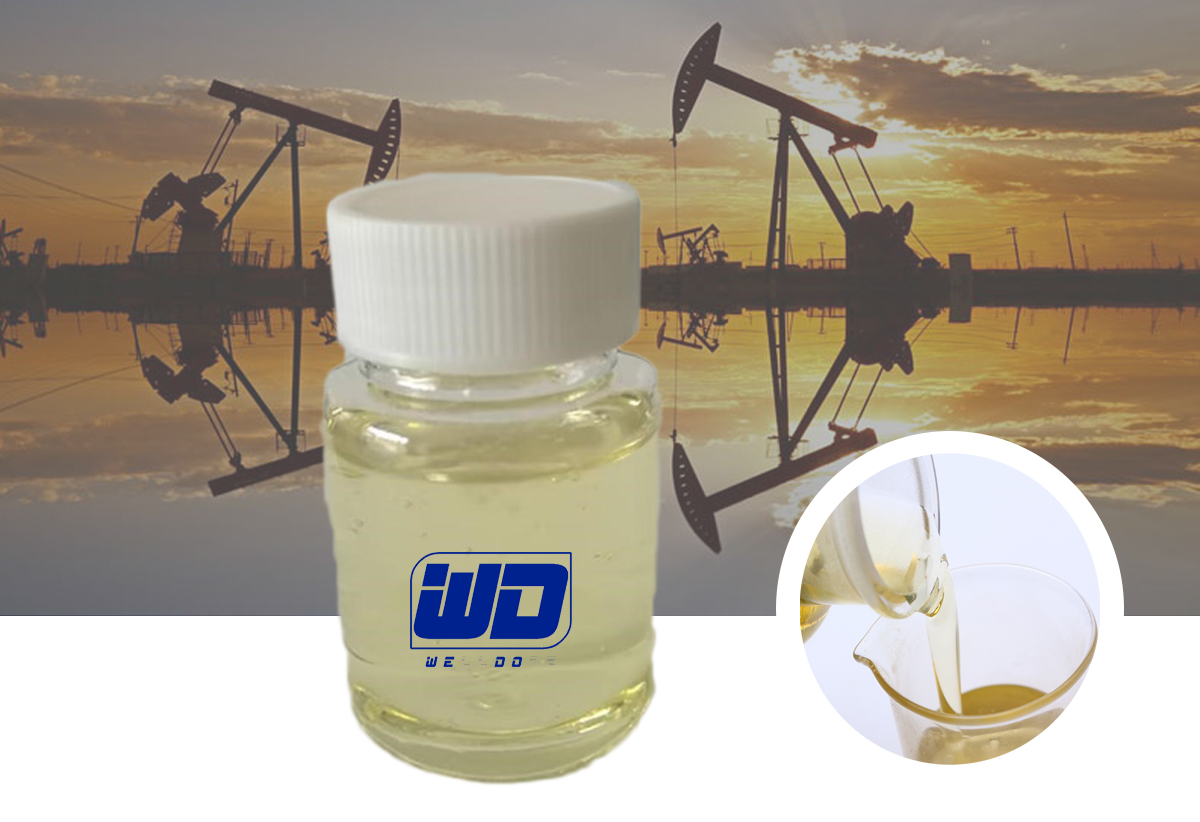Classification:Chemical Auxiliary Agent
CAS No.:9003-05-8
Other Names:PAM
MF:C3H5NO)n
EINECS No.:201-173-7
Purity:≥ 90%
Place of Origin:Shandong, China
Type:APAM
Usage:Coating Auxiliary Agents, Paper Chemicals, Petroleum Additives, Plastic Auxiliary Agents, Rubber Auxiliary Agents, Textile Auxiliary Agents, Water Treatment Chemicals
Brand Name:WD
Model Number:PAM
AM Residual Monomer:≤ 0.05%
Application:
Waste Water Treatment
Appearance:White Powder
Molecular Weight (million):8~30
Degree of Hydrolysis (%):5~40%
Solid content (%):≥ 90%
Dissolving Time (H):≤ 1
PH:6~10
Viscosity:1000~4000
Grade:Industrial Grade
Polyacrylamide For mineral separation agent
floatation and smelting of Zinc, manganese and copper mines, its leachate and slag can be added into PAM to improve the separation efficiency.
PAM should be dissolved in solution of 0.1%-0.2%, if don’t accompany with suitable dissolving and dosing system, a solution should be put in the diluted cans. Practice on machine via screw pump and adjust the amount according to the actual situation.
Agent dissolved concentration is 0.1-0.2%. Dissolution method: add quantitative water to the dissolving tank , then start the agitator, the agitator speed is about 70~100 rmp/min, then slowly dosing the agent(using metering system). Transfer the dissolved agent to the storage tank after it is fully dissolved. The diluted agents should be used as soon as possible and not be preserved for a long time. As the test shows that decomposition may occur after 48 hours and impair the effect of the product.
Applications of Polyacrylamide as Mineral Separation Agent:
The ore washing and flotation, useful minerals and worthless gangue separation. Many minerals such as iron, coal, phosphate, diamonds, zinc, uranium, such as sand are adopting this technology. At this time, the flocculants can be used to:
- make water and gangue separation, to facilitate the retrieval and utilization of water;
- Dehydrated sludge generated for settlement of gangue;
- if the useful minerals in suspension in the water, will separate it from the water.
Technological process, sometimes will dissolve in acid or alkali metal minerals. At this time, with flocculating agent will not dissolve impurities flocculation separation, metal is in the form of hydroxide or salt are recycled. Non-ionic flocculant often used in high acid or salt solution. Minerals particle binder: with flocculant, it’s tiny wet mineral particles in a pelletizing machine rolling, bond into pellets. Scattered: with low molecular weight, high degree of anionic flocculant, it makes clay, calcium carbonate or suspended minerals in water such as titanium dioxide or sent to grinding.
Separation process of lead and zinc in zinc sulfide minerals: by calcination is oxidized to Zinc Oxide. Next to the oxide leaching with sulfuric acid. In the PH neutral filtrate and PH acidic filtrate can make all concentrate dissolved in sulfuric acid. Some concentrator increases a heat filter concentration process to further improve the recovery rate. Inverse reflux settlement system is usually used for overflow neutral enrichment purification.
use anionic polyacrylamide flocculant in the Pb Zn filtration process, promoting mineral rapid subsidence and filtrate clarifying process, improve production efficiency, reduce the loss of minerals.
Aluminum Mine in aluminum processing, firstly in the process of mineral crushing crushed to less than 1mm. Adding concentrated sodium hydroxide, high temperature and high pressure. Dissolved aluminum in highly corrosive liquid, and in addition to soluble silicon other impurities are dissolved. Through the above process after the gravel together with after primary concentrated and precipitated pulp together be removed. In the primary thickening tank add the anionic polyacrylamide flocculant. This is clarified by the overflow of the very important a process. Thickener underflow red mud through a reverse backflow settlement process. In this process in liquid aluminum after a series of washing and sedimentation pool to be recycled. At this time of anionic polyacrylamide was used again to promote the rapid subsidence and can meet the requirements of clear overflow. Aluminum rich primary thickening tank overflow after filtering, cooling (48 hours), three hydrate filling aluminum hydrate in order to promote the precipitation of aluminum. Then the obtained after filtering and washing the calcination of aluminium.
| User name | Member Level | Quantity | Specification | Purchase Date |
|---|


















